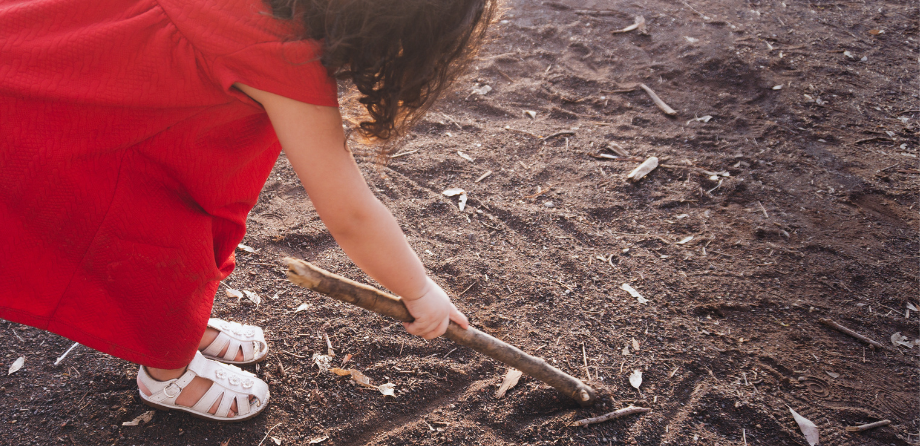
Embedding mark making across your provision
Mark making is the foundation of early writing, creativity and communication – and it should be happening everywhere, every day. As leaders, it’s our job to inspire our teams to create rich environments and champion mark making across the whole provision – indoors and out. Here are our top tips put mark making at the heart of play and learning.
Top tips for embedding mark making across your provision
- Share your vision – use team meetings or training to explore why mark making matters and how it connects to the areas of learning
- Model positive writing behaviours – actively join in with children’s mark making, celebrate mark making and demonstrate purposeful writing in everyday situations
- Audit your provision together – walk through your setting indoors and outdoors and look at where mark making is available. Use reflective questions like: “Can children access mark-making freely in every area?”, “Are materials varied and engaging?”, “Is outdoor mark making as valued as indoor?”
- Provide a variety of accessible resources – think about meaningful and purposeful opportunities in all your areas such clipboards in construction areas, paintbrushes and water on fences, chalk with the small world, etc.
- Support staff confidence – by provide coaching or peer observations to build confidence across your team
- Use observations and children’s voice – involve children by asking what tools they enjoy using and where they like to mark make
- Celebrate and display all mark making where children can see it and value the process not just the outcome
- Reflect and review regularly – include mark making in team meetings and supervision discussions. Set realistic goals like adding a new mark making invitation outside each week.
NDNA products to support you with this tip
Your Essential Guide to Working with Children Under Three – Publication
Disclaimer: Activities with children must always be risk assessed, including for allergies or choking. Children must always have adequate supervision. Resources and materials must always be appropriate for children’s age and stage of development.
- MyNDNA
- Tips
Similar Articles
Top tips: New year new energy - supporting your team
As we get ready to step into a new year, it’s a perfect opportunity to embrace fresh beginnings, renewed…
Read more 
Early years activity: Cosy calm den
Periods of excitement or routine changes can often feel overwhelming for young children, bringing extra…
Read more 

